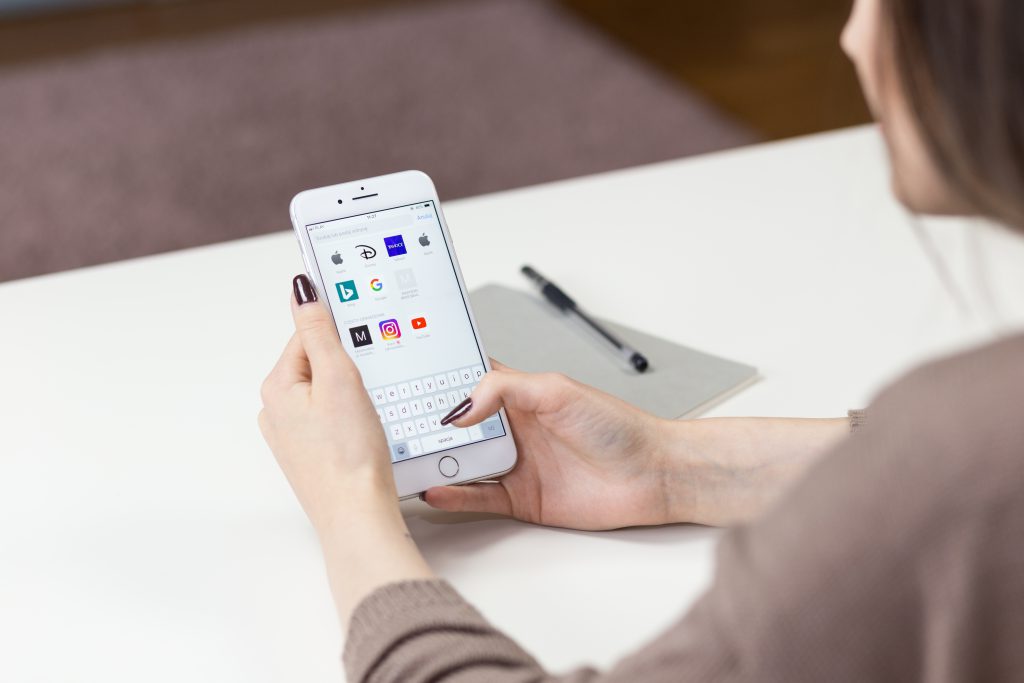The appropriate mesh rely can go a great distance towards producing the results you’re after.

With that in thoughts, we’re providing a primer that can assist you higher understand mesh depend and know where to begin when making an attempt ou different mesh counts for different types of prints.
Screen Mesh Count Basics
Understanding display mesh depend begins with understanding what the rely means. The mesh count indicates what number of fibers there are in a single sq. inch of the screen, so a 160 mesh depend screen has 160 fibers in one square inch of the screen. Lower mesh count screens have larger openings that allow more ink to flow via, while larger mesh rely screens enable for finer details in your printing but with much less of a coating of ink.
Knowing Which Mesh Count to make use of
Experience will help you establish which mesh counts you favor to make use of on particular person tasks, however there are some guidelines that can enable you get started with using different mesh counts.
– 25 to 40 mesh count screens are perfect for glitter or shimmer inks, as these inks include particles that can’t move via finer mesh.
– 60 mesh depend allows for a heavy ink deposit. It’s typically used for block numbers and letters on athletic jerseys
– eighty to 86 mesh rely is often used when making heat transfers, printing heavy underbases and when using some specialty inks, comparable to puff ink. 110 to 160 mesh count screens are probably the most versatile. The most commonly used in display printing. Screens on the decrease finish of the coustic mesh rely spectrum put down heavier ink deposits. Are perfect for printing underbases or printing daring colors on dark fabrics. At the higher end of the mesh count spectrum, you may print a extra detailed image whereas sustaining a good ink deposit.
– 180 to 200 mesh counts are excellent for printing considerably detailed photos in mild inks on dark fabrics.
– 230 to 280 mesh rely screens will deliver detailed prints with a softer hand really feel; nonetheless, because they permit for lighter ink deposits, prints created with these superb screens won’t be as vibrant or vivid.
Other Considerations When Choosing a Screen Mesh Count
When you’re experimenting with completely different mesh counts in your display screen printing, there are some other concerns to keep in mind. First, screens of various densities will hold varying amounts of emulsion, with decrease mesh counts holding more. That means that when you’re using a decrease mesh count screen, you’ll have to expose your screens longer to allow the emulsion to properly set.
Also, if you’re printing with water-primarily based inks, the ink will dry out quicker on finer screens. If you have any kind of questions regarding where and just how to make use of screen printing mesh distributor, you could call us at the web-page. To combine that, you may want so as to add a retarder to your water-primarily based ink to maintain the ink transferring and your job shifting.
While there are tips for which display mesh counts are finest suited to which jobs, the decision of which mesh count to use in the end lies with you. Through experience and experimentation with using totally different display densities, you’ll discover which screens provide you with the results you want when dealing with several types of projects.
